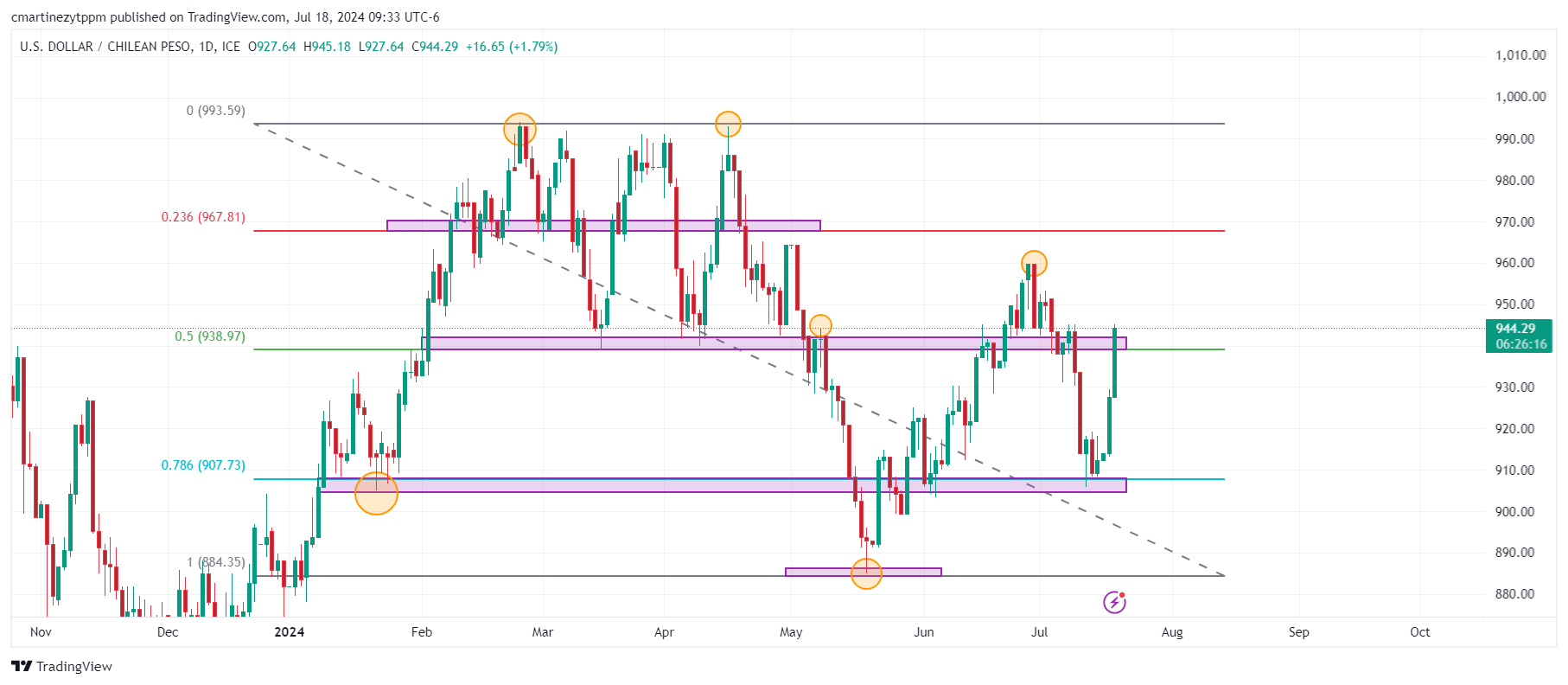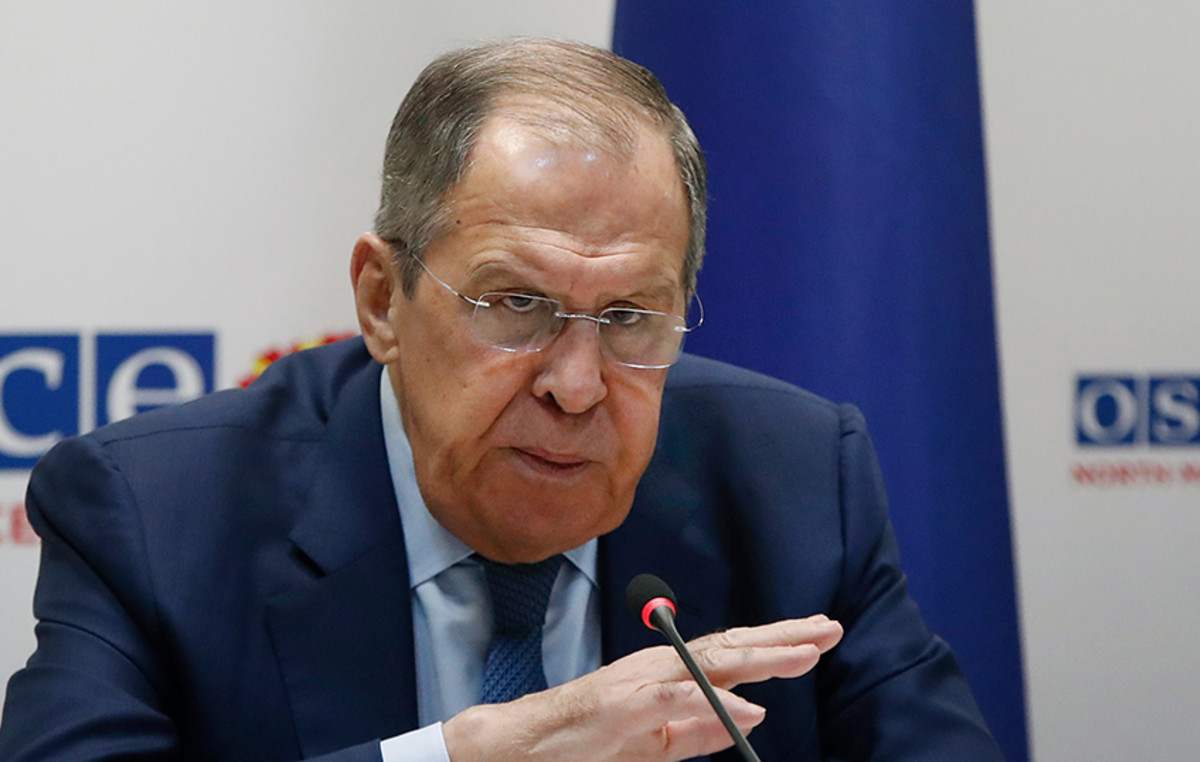- The USD/CLP maintains its upward trend and signs its fourth consecutive session on the rise.
- Copper losses continue, with the price reaching levels not seen since April 9.
The USD/CLP recorded an intraday low of 927.64, finding aggressive buyers who pushed the pair to an intraday high of 945.18. Currently, the US Dollar against the Chilean Peso is trading at 944.29, gaining 1.60% on the day.
Chilean peso loses ground after sharp drop in copper prices
The USD/CLP has reacted to the upside after testing key support at 905.00, reaching a two-week high of 945.18. This depreciation is being driven by the fall in copper prices, which have reached three-month lows of $4.27 today.
Copper has accumulated a weekly loss of 6.40%, which represents the week with the worst performance of the year. Pessimism regarding the demand for the metal by China, its main consumer, persists. Threats of bans and imposition of trade barriers by the United States and Europe magnify the selling pressure on the metal’s prices.
Technical levels in the USD/CLP
USD/CLP maintains the bullish trend, establishing a first short-term support at 940.00, in confluence with the 50% retracement. The next support is located at 908.00, the low of July 11. The closest resistance is located at 967.00, in convergence with the 23.6% Fibonacci retracement.
USD/CLP Daily Chart

US Dollar FAQs
The United States Dollar (USD) is the official currency of the United States of America, and the de facto currency of a significant number of other countries where it is in circulation alongside local banknotes. As of 2022, it is the most traded currency in the world, accounting for over 88% of all global foreign exchange transactions, equivalent to an average of $6.6 trillion in transactions per day. Following World War II, the USD took over from the British Pound as the world’s reserve currency.
The single most important factor influencing the value of the US dollar is monetary policy, which is determined by the Federal Reserve (Fed). The Fed has two mandates: to achieve price stability (control inflation) and to promote full employment. Its main tool for achieving these two goals is to adjust interest rates. When prices rise too quickly and inflation exceeds the Fed’s 2% target, the Fed raises rates, which helps the dollar. When inflation falls below 2% or the unemployment rate is too high, the Fed can lower interest rates, which weighs on the dollar.
In extreme situations, the Federal Reserve can also print more dollars and enact quantitative easing (QE). QE is the process by which the Fed substantially increases the flow of credit in a jammed financial system. It is an unconventional policy measure used when credit has dried up because banks are not lending to each other (for fear of counterparty default). It is a last resort when simply lowering interest rates is unlikely to achieve the necessary result. It was the Fed’s weapon of choice to combat the credit crunch that occurred during the Great Financial Crisis of 2008. It involves the Fed printing more dollars and using them to buy US government bonds, primarily from financial institutions. QE typically leads to a weakening of the US dollar.
Quantitative tightening (QT) is the reverse process whereby the Federal Reserve stops buying bonds from financial institutions and does not reinvest the principal of maturing securities in new purchases. It is generally positive for the US dollar.
Source: Fx Street
I am Joshua Winder, a senior-level journalist and editor at World Stock Market. I specialize in covering news related to the stock market and economic trends. With more than 8 years of experience in this field, I have become an expert in financial reporting.







